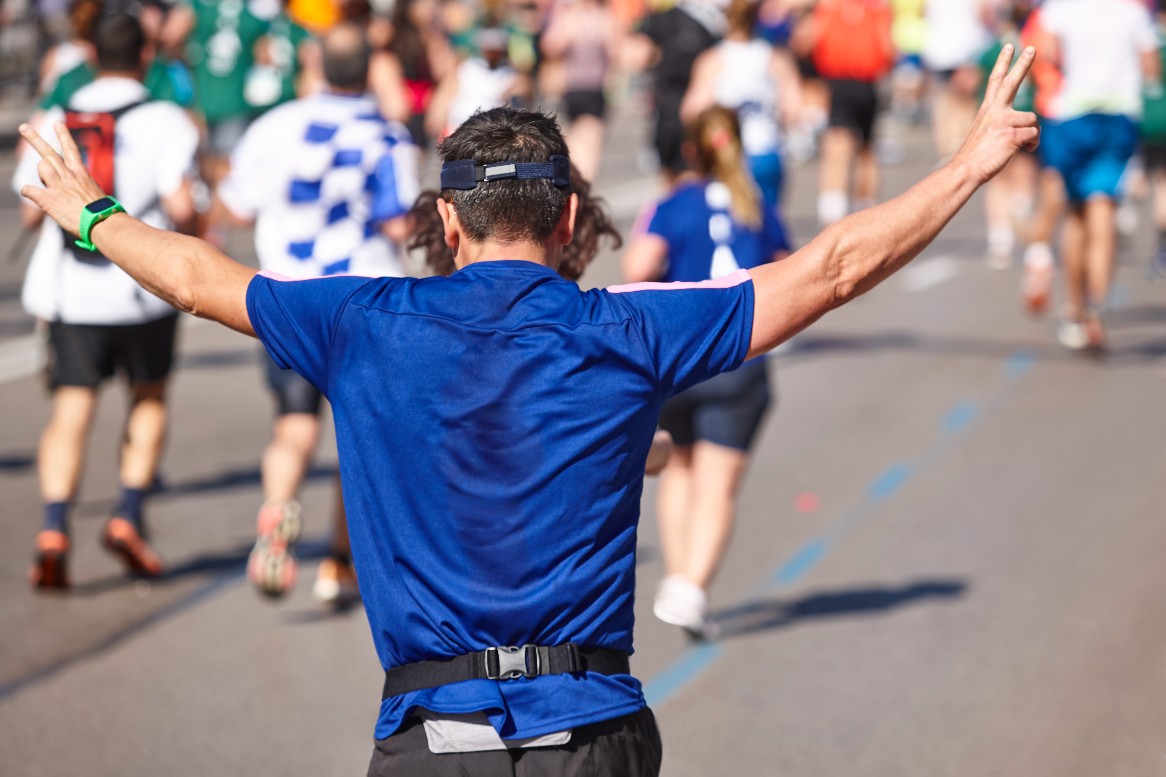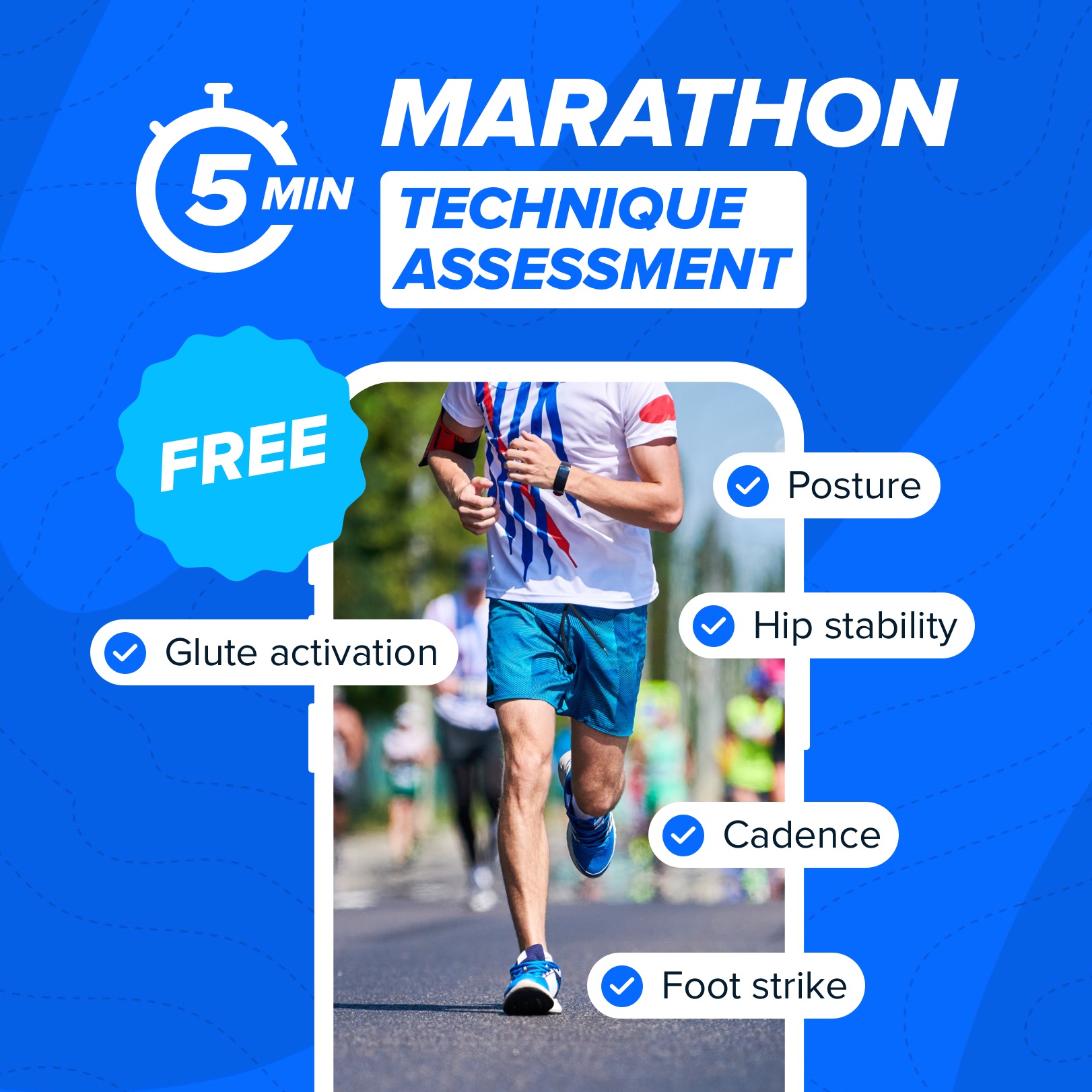Why Walk/Running Might Be a Better Marathon Strategy for Some Runners
Mark Green

Overcoming the Biggest Barrier: Ego
The biggest challenge with the walk/run approach isn’t physical—it’s mental and emotional. Many runners hesitate to take walk breaks because they feel it diminishes their achievement or signals weakness. But ask yourself: Would you rather push through exhaustion in the final miles, getting passed by dozens of runners, or finish strong, in control, and maybe even overtaking others?
In reality, walk/run athletes often maintain a steadier pace and finish faster than those who try to run the whole way but fade late in the race. If your goal is to perform well and enjoy the experience, rather than stubbornly avoiding walk breaks, this strategy could be a game-changer.
Could Walk/Running Make You Faster?
For those aiming to complete a marathon in 4 hours or more, a walk/run strategy can actually lead to a faster finish. Why? Because it prevents the dramatic slowdown that many runners experience in the final miles. Instead of fading, walk/run athletes often maintain a more consistent pace and finish strong.
Please Note: I am not suggesting that a 4-hour marathon is slow. Finishing a marathon is an incredible accomplishment—it places you among a small percentage of the world’s population who have done it! My point is that a walk/run strategy might help you finish faster while feeling better. To see the impact of poor pacing firsthand, check out my Kosci 100 race report, where I started too fast, slowed dramatically, and didn’t enjoy the experience. My goal is to help you avoid making that mistake.
Finding the Right Walk/Run Ratio
To make a walk/run strategy work, you need to practice it in training to find the best ratio for you. Different intervals require different running paces to hit your goal time. Here are some examples:
| Marathon Time | Avg Pace (min/km) | 5 min run / 1 min walk Pace | 9 min run / 1 min walk Pace |
|---|---|---|---|
| 3 hr 30 min | 4:58 min/km | 4:46 min/km | 5:00 min/km |
| 4 hr | 5:41 min/km | 5:14 min/km | 5:26 min/km |
| 4 hr 30 min | 6:24 min/km | 5:42 min/km | 6:00 min/km |
| 5 hr | 7:06 min/km | 6:10 min/km | 6:30 min/km |
For example, if you want to finish in 4 hours, you need to average 5:41 min/km. With a 5 min run / 1 min walk approach, you’d need to run at 5:14 min/km and walk at 10 min/km to stay on pace. If you choose a 9 min run / 1 min walk, your running pace should be 5:26 min/km.
The Advantages of a Walk/Run Approach
- Frequent Breaks Keep You Motivated
Knowing a walk break is coming soon makes the marathon feel mentally easier. It gives you something to look forward to, which can reduce race-day stress and make the experience more enjoyable. - Reduces Overall Physical Stress
Switching between running and walking uses different muscle groups, reducing fatigue and the risk of cramping or injury. This is especially helpful for runners who are recovering from injury or feel overtrained. - More Even Pacing & Less Slowing Down
Many marathon runners slow dramatically in the final 10 km, but those using a walk/run strategy tend to maintain a steadier pace. This means you’ll likely be passing other runners in the final miles, boosting morale and making the race feel easier. - Better Fueling & Hydration
Walk breaks provide a perfect opportunity to take in gels and fluids without disrupting your stride. This can help reduce the risk of stomach issues and ensure you’re fueling properly for the entire race.
The Science Behind Walking Breaks
Walking breaks provide physiological benefits that help you stay stronger for longer. Here’s how:
- Improved Mitochondrial Efficiency – Walking allows your mitochondria to process oxygen more effectively, reducing metabolic waste buildup and sustaining aerobic energy production.
- Better Fat Oxidation – Walking promotes fat burning, preserving glycogen stores for later in the race and delaying fatigue.
- Delayed Muscle Fatigue – Brief walk breaks allow muscles to clear waste products like hydrogen ions, which helps prevent cramping and heavy legs.
- Reduced Glycogen Depletion – Since walking requires less energy, it conserves carbohydrate stores, which helps prevent hitting the wall late in the race.
Is Walk/Running Right for You?
A walk/run strategy is especially beneficial for runners who:
- Expect to finish in 4 hours or more
- Have previoulsy struggled with slowing down late in races
- Are coming back from injury or overtraining
- Want a more enjoyable and less exhausting marathon experience
Final Thoughts
At the end of the day, you need to ask yourself: Would you rather suffer through the last 6 miles, getting overtaken all the way to the finish line, or feel strong, maintain your pace, and be the one doing the overtaking?
Walk/running isn’t just for beginners—it’s a smart pacing strategy that can help many runners finish faster, feel better, and enjoy the race more. By practicing your walk/run ratio in training and sticking to it on race day, you can maximize endurance, avoid the dreaded slowdown, and cross the finish line strong!
Free 5min Marathon Technique assessment
Take this quick, expert-designed test to uncover hidden weaknesses and unlock your fastest race yet.
